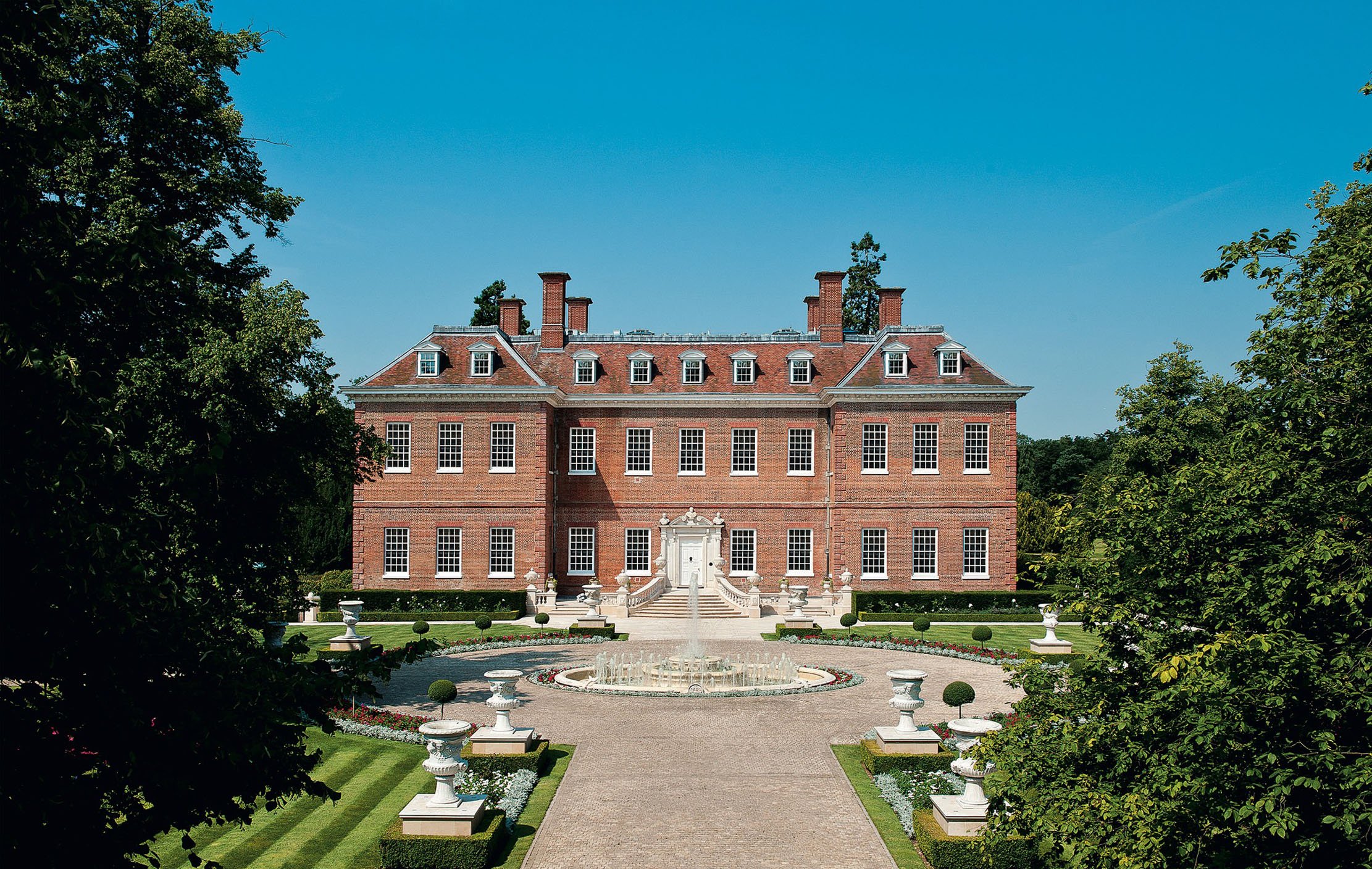Transforming Grade 1 Country Houses with Thoughtful FF&E and Design Elements
Image: Country Life
Grade 1 country houses stand as timeless symbols of architectural grandeur and historical significance. However, the transformation of these estates requires a delicate balance between preserving their heritage and infusing contemporary comfort.
What makes FF&E and design management crucial in restoring grade 1 country houses?
Furniture, Fixtures, and Equipment (FF&E) and design management play pivotal roles in the restoration of Grade 1 country houses due to the unique challenges posed by these historically significant properties.
The restoration of such houses goes beyond mere aesthetics; it requires a delicate balance between preserving their heritage and infusing contemporary comfort. Thoughtful FF&E and design management act as key orchestrators in this process, ensuring that each element contributes to the overarching narrative of the estate while adhering to stringent preservation regulations.
These regulations demand a nuanced understanding of legal requirements for Grade 1 listed buildings, necessitating careful consideration to ensure any changes are permissible. Historical integrity is also paramount, requiring the preservation of original features like mouldings, fireplaces, and windows during renovation.
The importance of tailored design and FF&E solutions for luxury estates
Luxury estates, especially Grade 1 country houses, demand a level of sophistication and attention to detail that extends beyond the ordinary. Tailored design ensures that every aspect of the estate, from architectural considerations to interior decoration, aligns cohesively. This tailored approach extends to FF&E solutions, where each piece of furniture and fixture becomes a curated statement, reflecting the unique characteristics of the luxury estate.
When it comes to luxury, the devil is in the detail, and tailored design caters to everything that defines a luxurious living experience. It involves an in-depth understanding of the estate’s history, architectural nuances, and the lifestyle aspirations of the occupants.
The result is not just a visually appealing space, but an immersive environment that exudes luxury.
Key considerations when transforming grade 1 country houses
Compliance with Preservation Regulations
Preserving the historical integrity of Grade 1 country houses begins with a detailed understanding and adherence to preservation regulations. These buildings often come with stringent legal requirements, necessitating a thorough knowledge of what changes are allowed.
Developers must navigate these regulations with finesse, ensuring that the restoration aligns with the stipulations set forth for Grade 1 listed buildings.
Historical Integrity
Maintaining the historical integrity of these houses is paramount. This involves a delicate dance between restoration and renovation. Elements such as mouldings, fireplaces, and windows, integral to the building's character, must be preserved while renovating. This not only respects the heritage of the property but also enhances its aesthetic appeal by showcasing the craftsmanship of a bygone era.
Material Selection
Choosing materials that seamlessly integrate with the historical period of the house is crucial for both construction and FF&E items. From structural components to the finest furnishings, the materials selected should be authentic and resonate with the era in which the house was built. This ensures a cohesive and authentic transformation that stands the test of time.
Sympathetic Design Choices
Sympathetic design choices involve a keen understanding of the existing style and heritage of the property. Any new design elements, including FF&E, should complement rather than clash with the original architecture.
Lighting Considerations
Balancing modern lighting needs with the preservation of original fixtures and the house's historic ambiance is a delicate art. Thoughtful lighting design can accentuate architectural features while providing the functionality required for contemporary living. This includes preserving and restoring original light fixtures or sourcing replicas that stay true to the era.
Furniture Selection and Placement
Choosing furniture that not only reflects the era and style of the house but also considers practicality and comfort for contemporary living is a fine balance. Each piece becomes a statement, contributing to the overall narrative of the estate. Thoughtful placement ensures that the furniture complements the architecture while offering comfort and functionality.
Colour Schemes and Finishes
Selecting paint colours, wallpapers, and finishes that are appropriate for the property's period is vital. This involves an understanding of historical colour palettes and design aesthetics. Striking the right balance between authenticity and modern tastes ensures that the visual appeal of the property remains timeless and captivating.
Modern Amenities Integration
Incorporating modern technology and amenities without compromising the building's character is a significant consideration. This includes seamlessly integrating heating, plumbing, and electrical systems. The challenge is to make these modern conveniences unobtrusive, ensuring they do not detract from the historical charm of the estate.
Spatial Planning
Respectfully modifying interior layouts, if necessary, is essential to suit modern living while preserving significant architectural elements. This may involve reimagining spaces to accommodate contemporary lifestyles without compromising the flow and historical significance of the house.
Sustainable Practices
Applying sustainable and environmentally friendly practices in both design choices and material selections is increasingly important. While maintaining historical integrity, developers can explore eco-friendly options, contributing to a greener future. This involves making conscious decisions about energy-efficient systems, recycled materials, and sustainable construction practices.
Conclusion
Transforming Grade 1 country houses into modern havens of luxury requires a thoughtful and strategic approach to FF&E and design elements. The delicate balance between historical preservation and contemporary living is an art form that demands expertise and creativity. By adhering to preservation regulations, maintaining historical integrity, and making conscious design choices, developers can breathe new life into these iconic estates. The result is not just a restored property but a living testament to the seamless integration of past and present – a harmonious symphony of history, luxury, and sustainability.
If you’re interested in knowing more about how SP3 London can support you across your Grade listed country house project when it comes to Design Management and more, get in touch with us today.





